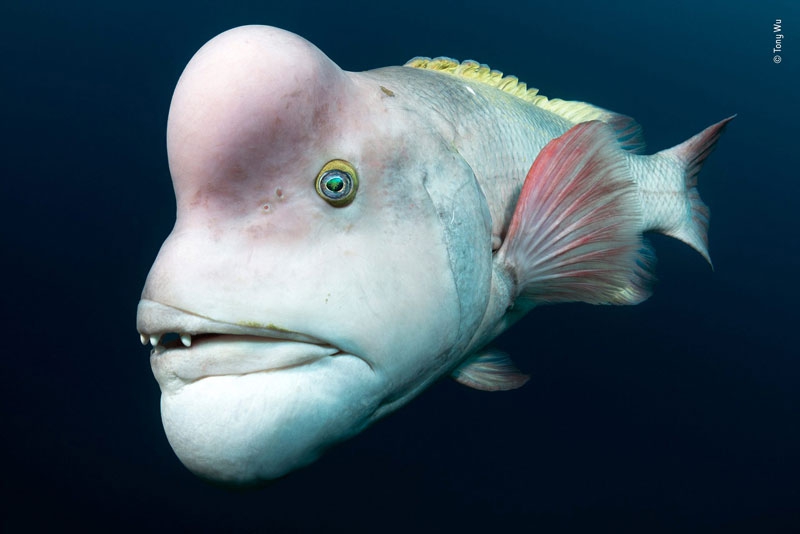- Joined
- Aug 28, 2011
- Messages
- 3,990
- Points
- 63
https://tw.news.yahoo.com/燕子襲日災情慘重-關西機場滅頂-油輪撞上唯-對外橋-095241807.html
燕子襲日災情慘重!關西機場滅頂、油輪撞上唯一對外橋

鏡週刊Mirror Media
2.6k 人追蹤
鏡週刊
2018年9月4日 下午5:52

檢視相片
25年來襲日最強颱風「燕子」(日本稱台風21号)今中午登陸四國,打破多地風速紀錄,造成四國與關西地區共68萬人撤離,關西機場淹水暫時關閉,唯一對外聯絡橋也被油輪撞上,橋身本體部分損毀。
燕子颱風挾帶超強的雨量,造成建在人工島上關西空港慘遭滅頂,不得不緊急關閉,而一艘停泊在大阪灣的油輪,因不敵強風吹襲被帶離港灣,撞上機場唯一對外聯絡橋,造成橋身本體局部受創,目前船身仍卡在橋上,萬幸11名船員皆無大礙。

檢視相片
關西機場空橋處於汪洋之中。(圖翻攝自ゆる系速報・ぽん太くんTwitter)
日本氣象廳表示,燕子颱風是25年來登陸日本的最強颱風。因應強颱登陸,日本已有數百架航班停飛,JR西日本也陸續開始停駛火車,大阪和廣島之間的新幹線在上午10時候取消,從東京到大阪的列車也正在減少發車,網友紛紛在推特上傳各地災情,並互相呼籲沒事請勿外出。
更多鏡週刊報導
2公投案37天共收百萬連署書 婚姻平權案送進中選會
2018國慶主視覺LOGO公布 歷年設計這張最美
The swallows hit the Japanese disaster! The Kansai Airport is destroyed and the tanker hits the only external bridge.[Mirror Weekly Mirror Media]Mirror Media2.6k person trackingMirror weeklySeptember 4, 2018, 5:52 PMView photoIn the past 25 years, the strongest typhoon "Swallow" (Japan called Typhoon No. 21) landed in the four countries at noon today, breaking the wind speed record of many places, resulting in the evacuation of 680,000 people from the four countries and the Kansai region. The flooding of Kansai Airport was temporarily closed. The only external contact The bridge was also hit by the tanker, and the body of the bridge was partially damaged.The typhoon typhoon with super-strong rainfall caused the Kansai Airport to be destroyed on the artificial island and had to be shut down urgently. A tanker moored in Osaka Bay was taken out of the harbor because of the strong wind and hit the airport. The contact bridge caused partial damage to the body of the bridge. At present, the hull is still stuck on the bridge. Fortunately, the 11 crew members are not serious.The Kansai Airport Empty Bridge is in the middle of the ocean. (The picture is taken from the 速 速 ぽん ぽん ぽん ぽん ぽん ) ) ))View photoThe Kansai Airport Empty Bridge is in the middle of the ocean. (The picture is taken from the 速 速 ぽん ぽん ぽん ぽん ぽん ) ) ))The Japan Meteorological Agency said that the typhoon Swallow is the strongest typhoon that landed in Japan in 25 years. In response to the strong landing, hundreds of flights have been grounded in Japan, and JR West Japan has also started to stop trains. The Shinkansen between Osaka and Hiroshima was cancelled at 10 am, and trains from Tokyo to Osaka are also being reduced. Uploading disasters around Twitter and calling each other nothing to do not go out.More mirror weekly reports2 referendums received a total of one million books in 37 days. The marriage equal rights case was sent to the election.The 2018 National Day main visual LOGO announcement
燕子襲日災情慘重!關西機場滅頂、油輪撞上唯一對外橋

鏡週刊Mirror Media
2.6k 人追蹤
鏡週刊
2018年9月4日 下午5:52

檢視相片
25年來襲日最強颱風「燕子」(日本稱台風21号)今中午登陸四國,打破多地風速紀錄,造成四國與關西地區共68萬人撤離,關西機場淹水暫時關閉,唯一對外聯絡橋也被油輪撞上,橋身本體部分損毀。
燕子颱風挾帶超強的雨量,造成建在人工島上關西空港慘遭滅頂,不得不緊急關閉,而一艘停泊在大阪灣的油輪,因不敵強風吹襲被帶離港灣,撞上機場唯一對外聯絡橋,造成橋身本體局部受創,目前船身仍卡在橋上,萬幸11名船員皆無大礙。

檢視相片
關西機場空橋處於汪洋之中。(圖翻攝自ゆる系速報・ぽん太くんTwitter)
日本氣象廳表示,燕子颱風是25年來登陸日本的最強颱風。因應強颱登陸,日本已有數百架航班停飛,JR西日本也陸續開始停駛火車,大阪和廣島之間的新幹線在上午10時候取消,從東京到大阪的列車也正在減少發車,網友紛紛在推特上傳各地災情,並互相呼籲沒事請勿外出。
更多鏡週刊報導
2公投案37天共收百萬連署書 婚姻平權案送進中選會
2018國慶主視覺LOGO公布 歷年設計這張最美
The swallows hit the Japanese disaster! The Kansai Airport is destroyed and the tanker hits the only external bridge.[Mirror Weekly Mirror Media]Mirror Media2.6k person trackingMirror weeklySeptember 4, 2018, 5:52 PMView photoIn the past 25 years, the strongest typhoon "Swallow" (Japan called Typhoon No. 21) landed in the four countries at noon today, breaking the wind speed record of many places, resulting in the evacuation of 680,000 people from the four countries and the Kansai region. The flooding of Kansai Airport was temporarily closed. The only external contact The bridge was also hit by the tanker, and the body of the bridge was partially damaged.The typhoon typhoon with super-strong rainfall caused the Kansai Airport to be destroyed on the artificial island and had to be shut down urgently. A tanker moored in Osaka Bay was taken out of the harbor because of the strong wind and hit the airport. The contact bridge caused partial damage to the body of the bridge. At present, the hull is still stuck on the bridge. Fortunately, the 11 crew members are not serious.The Kansai Airport Empty Bridge is in the middle of the ocean. (The picture is taken from the 速 速 ぽん ぽん ぽん ぽん ぽん ) ) ))View photoThe Kansai Airport Empty Bridge is in the middle of the ocean. (The picture is taken from the 速 速 ぽん ぽん ぽん ぽん ぽん ) ) ))The Japan Meteorological Agency said that the typhoon Swallow is the strongest typhoon that landed in Japan in 25 years. In response to the strong landing, hundreds of flights have been grounded in Japan, and JR West Japan has also started to stop trains. The Shinkansen between Osaka and Hiroshima was cancelled at 10 am, and trains from Tokyo to Osaka are also being reduced. Uploading disasters around Twitter and calling each other nothing to do not go out.More mirror weekly reports2 referendums received a total of one million books in 37 days. The marriage equal rights case was sent to the election.The 2018 National Day main visual LOGO announcement




